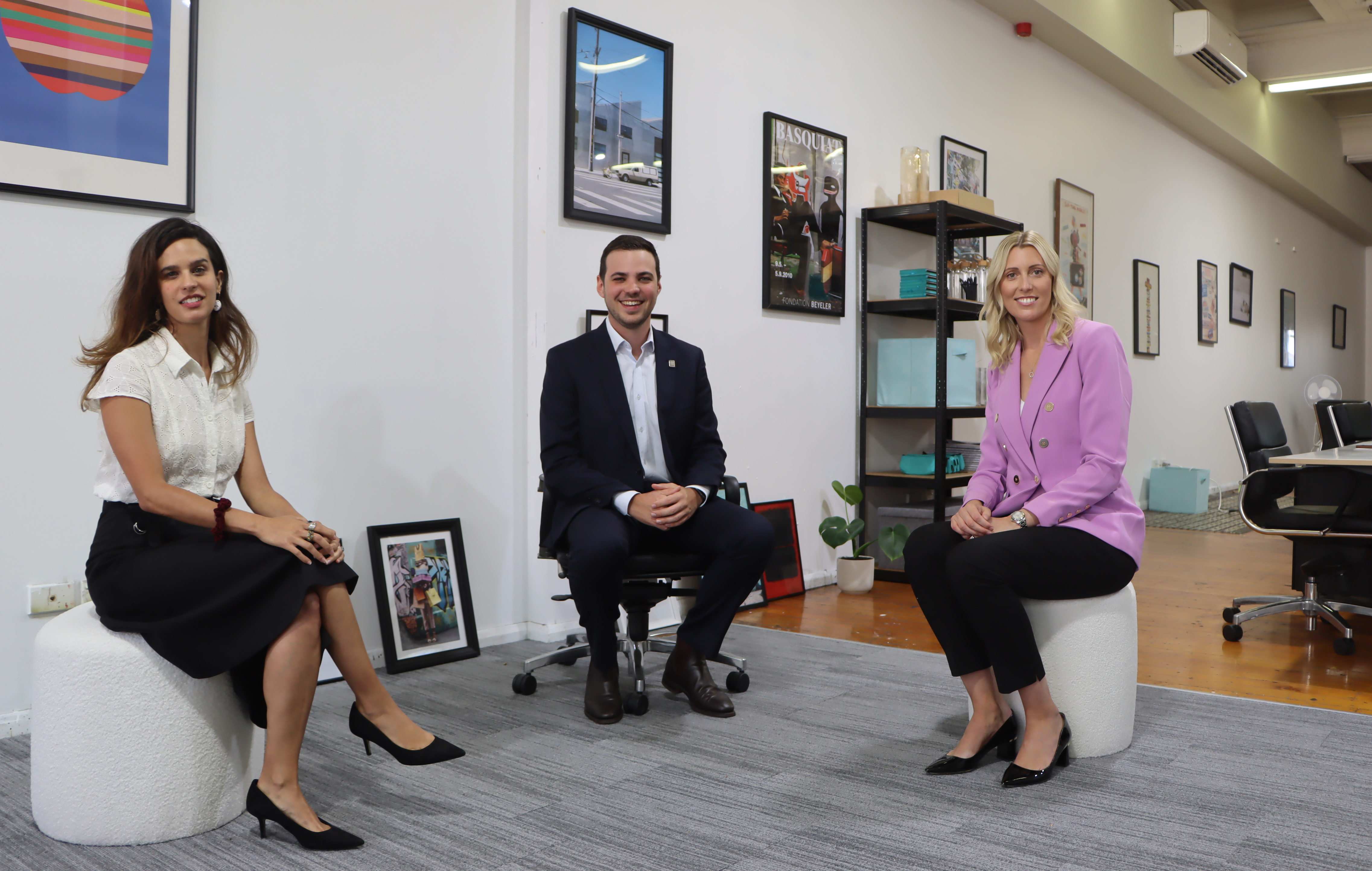New local jobs have already been created through the attraction of 30 entrepreneurs to Newcastle as part of an Australian-first economic stimulus program initiated by City of Newcastle.
The New Move program, which was adapted from the hugely successful US Tulsa Remote initiative, has seen 30 bright minds relocate to Newcastle, attracting new skills and talent to the region, whilst also raising long-term awareness of the city’s diverse economic opportunities.

Deputy Lord Mayor Declan Clausen said the attraction of skilled professionals under the New Move program has tangible benefits for the city.
“Newcastle’s position as an economic hub is driven by innovation and skills. By attracting new talent to the city, New Move is boosting Newcastle’s economy and creating new local jobs,” said Cr Clausen.
“The positive impacts of the relocation of 30 New Move grant recipients have already been felt and REMPLAN economic modelling has shown that the program will create up to 75 new local jobs and up to $25 million in additional local economic output.”
New Move grant recipient Nicole Shelley was born in Newcastle and returned to her hometown after 14 years in Sydney to expand her marketing agency, pepperit.
New Move is an initiative of Newcastle’s Economic Development Strategy, adopted unanimously by the elected Council in May 2021, and complements programs targeted at Novocastrians including the City’s popular New Skills program which helping to address industry specific skills gaps.
“Although I have lived away from Newcastle since 2007, I’ve witnessed the transformation the city has undergone to become a hub of innovation and creativity, which is one of the reasons I was attracted to move back,” Mrs Shelley said.
“Since moving to Newcastle, I have opened a local pepperit office, employed three locals in full-time positions and our business is currently supporting two internships for University of Newcastle students, with plans to grow our team to eight within 12 months.
“I look forward to continuing to give back to the local community and am eager to play a part in the ongoing transformation of this amazing city.”
Newcastle’s newest residents have relocated from across the globe and throughout Australia, with some moving from Sydney and Melbourne, as well as expatriates returning to Australia for the New Move program from Hong Kong and The Netherlands.
Co-founder of Art Thinking Maria José Sanchez-Varela Barajas made the move from Mexico and has already helped bring festivals and ideas to Newcastle.
“I love the way that culture and heritage are embraced throughout global destinations like Singapore, Dubai and Barcelona, to create a unique vibrancy through art, science and innovation and I see the same potential in Newcastle, which is why I made the move here, ” said Ms Sanchez-Varela Barajas.
“For me, Newcastle has the perfect combination of creativity, a great location, art, innovation and entrepreneurship to thrive within and I’m keen to play my role in driving innovation and new ideas forward.”
Cr Clausen said New Move recipients have committed to becoming ambassadors for our city through event attendance, mentoring, volunteering and knowledge sharing to develop local skills and create further economic opportunities.
“Research has demonstrated that talent attraction has a higher marginal rate of return than business attraction, which is why the New Move program will prove beneficial to our local economy,” Cr Clausen said.
New Move participants will be provided access to co-working spaces and networking events to build business and community connections.
